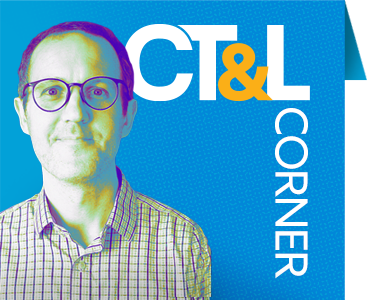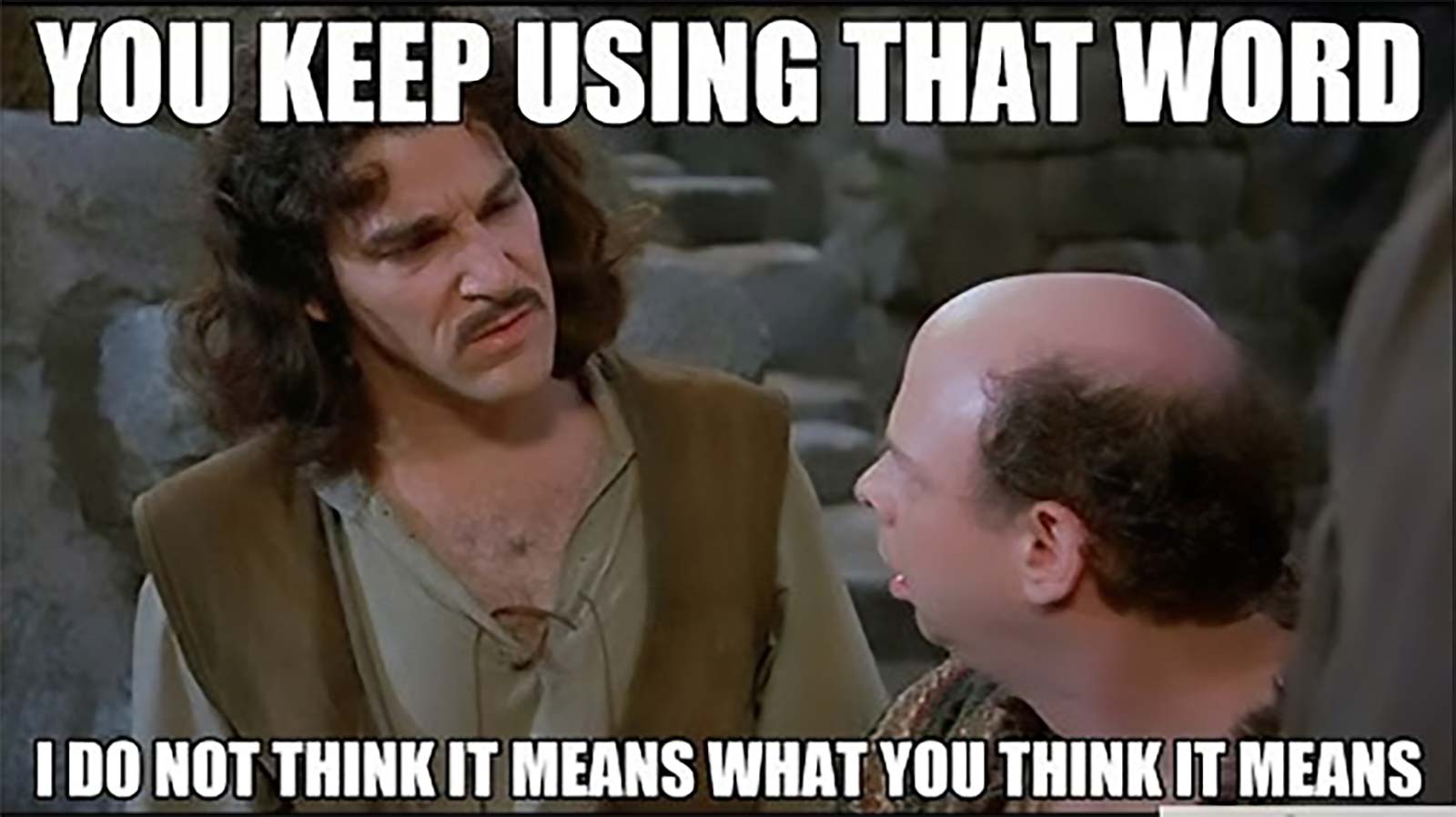Today marks the start of a series inspired by The Princess Bride’s very own Inigo Montoya. In the movie, Vizzini (played by the inimitable Wallace Shawn) keeps saying that things are “Inconceivable!”, to which Inigo Montoya replies: “You keep using that word. I do not think it means what you think it means.” While this is not meant to be a column about semantics (Vizzini clearly means to say that these things are “implausible”), I do want to examine a few buzzwords in teaching and learning that are, in my humble opinion, often unexamined and misunderstood. Today’s word is engagement.
In a recent Substack post, educator Karen Costa asks what we mean when we say that we want students to be more engaged. With the most recent wave of campus protests, Costa asks us to consider that students are engaged, if sometimes not in the ways that we circumscribe for them. While students protesting constitute a small number of students nationwide (often at much more resourced institutions), I think Costa’s point acknowledging that student engagement may not be what we think it ought to be is well taken: often, “We want them to learn the way we want. We want them to pay attention the way that we want” (Costa, 2024).
Engagement is a word that carries a lot of meanings. Engagement can be behavioral (on-task), cognitive (thinking hard), and/or social (engaged with peers). My question is: how do YOU know when YOUR students are engaged? Many people will say body language and/or eye contact, but, for students from other cultural backgrounds, eye contact isn’t necessarily encouraged. For neurodivergent students, a lack of eye contact isn’t necessarily a sign of disengagement. Seemingly off-task behaviors like fidgeting can be examples of ‘stimming’ (stimulating) or managing attention. This is one example, but questioning our assumptions is a place to start.
Finally, an often unexamined/unasked question is this: why do we want our students to be engaged? We assume it has some connection (correlation/causation?) with learning, and yet it isn’t exactly the same thing as learning (see Student Engagement is not Student Learning). It’s true that engagement and motivation are ingredients of learning, but we need to have a learning goal in mind that is served by a particular form of engagement.
As a parting thought, it may be helpful to think about engagement as a.) multiple things (it’s both behavioral cognitive, emotional and social) and b.) existing on a continuum (ranging from students’ active withdrawal to their driving instruction through engaged questions and teaching their peers). This perspective moves us past the engaged/disengaged binary, and it allows us to ask how (and to what extent) students are engaged, and it allows us to ask how we’d like them to be engaged (and to what end).
If you’d like to talk more about student engagement, contact me at asmith@pcad.edu



